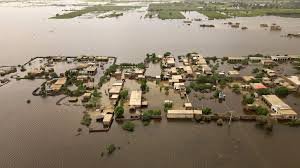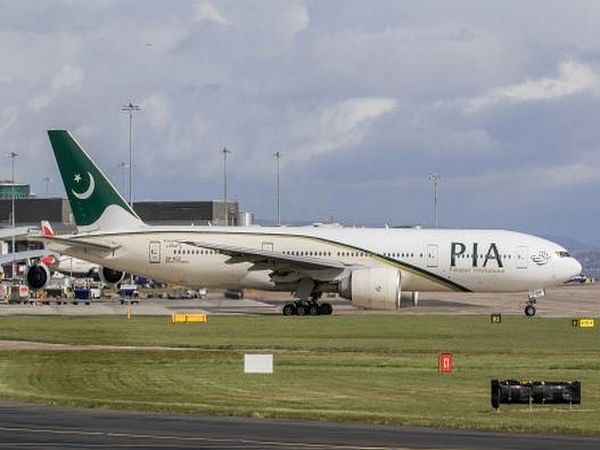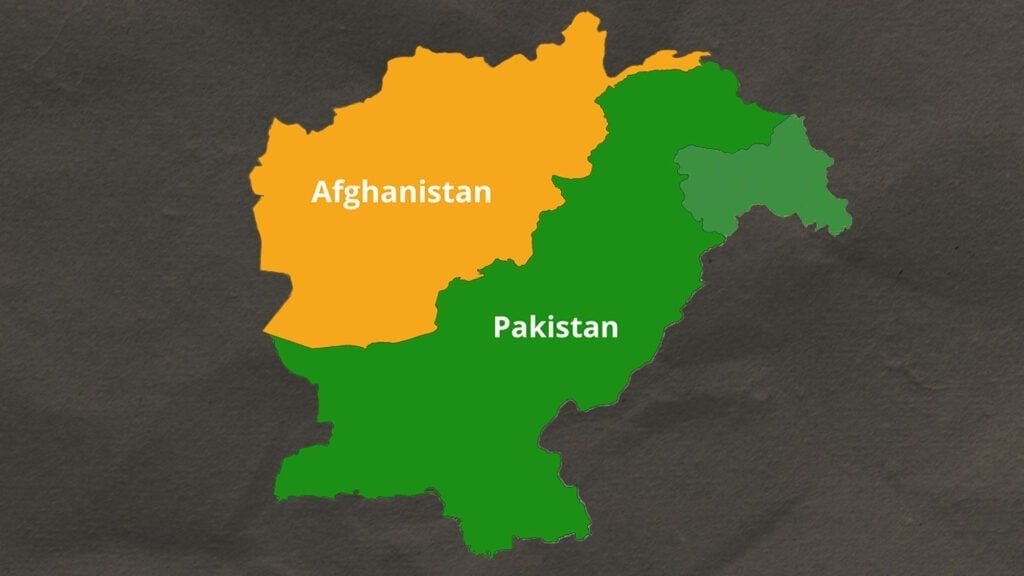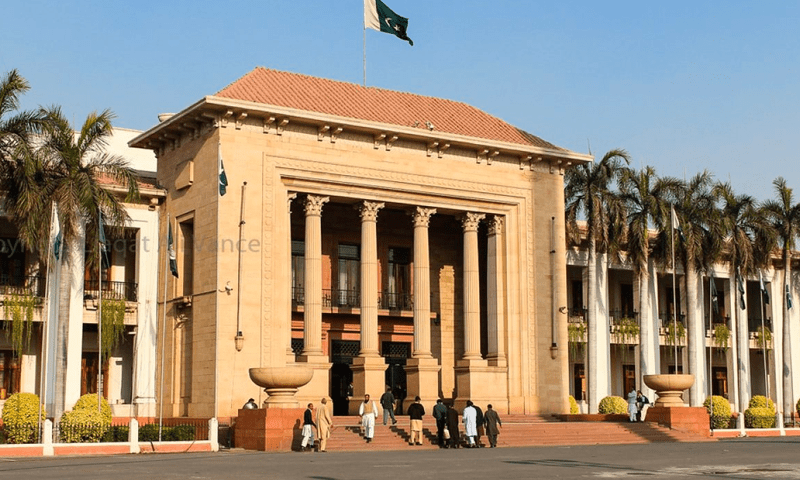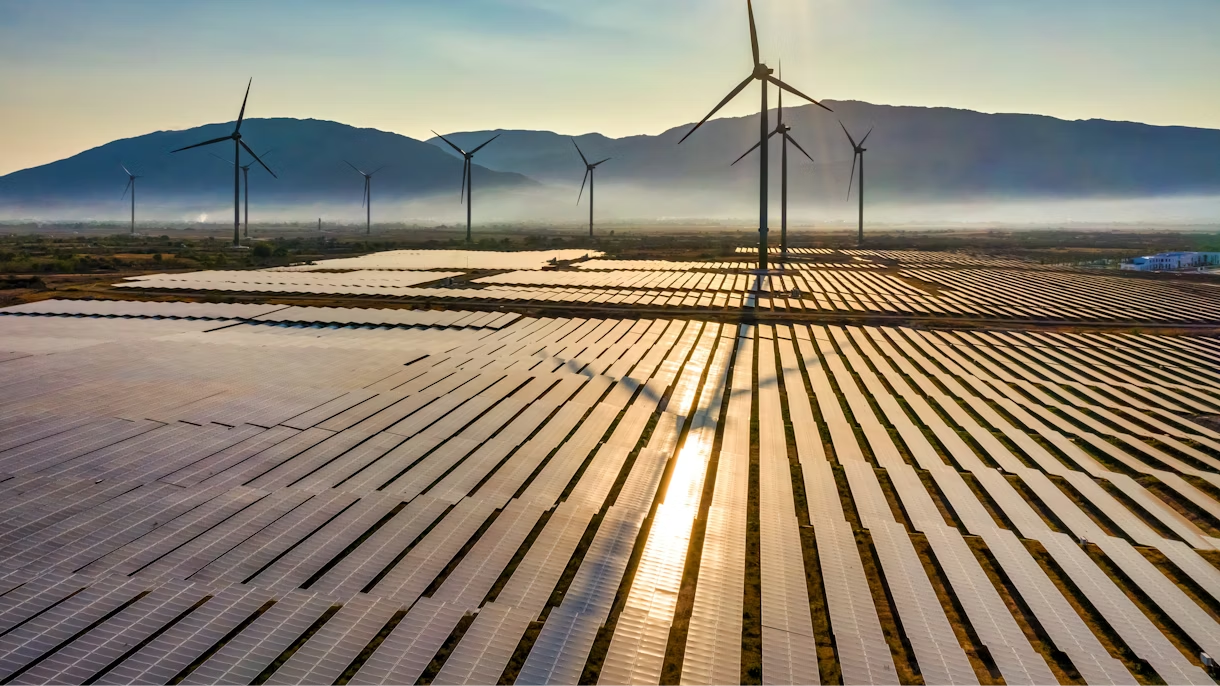Arshad Mahmood Awan
With floodwaters once again surging through Punjab, Pakistan finds itself trapped in an all-too-familiar cycle: emergency response without lasting rehabilitation. Nearly 300,000 people have been displaced in Punjab alone, while over a million have been affected as the Ravi, Sutlej, and Chenab rivers burst their banks. This crisis compounds the devastation already seen in Khyber Pakhtunkhwa, where flash floods left entire villages under water, and in Gilgit-Baltistan, where a massive landslide created a 7-km-long lake, forcing precautionary evacuations. From the mountains to the plains, this season has been one of unrelenting peril.
Republic Policy Official Website
The tragedy is not new. In 2022, Pakistan endured cataclysmic floods that submerged a third of the country, affecting 33 million people and displacing nearly eight million. In the aftermath, the government and international partners produced a Post-Disaster Needs Assessment and launched the Resilient Recovery, Rehabilitation and Reconstruction Framework (4RF). At Geneva, donors pledged over $9 billion to rebuild housing, livelihoods, and essential services. The vision was ambitious: “build back better.” But three years on, the promise remains largely unfulfilled.
Follow Republic Policy on YouTube
Progress has been painfully slow and uneven. Rights monitors continue to flag glaring gaps in beneficiary lists, delays in housing schemes, and shortages of basic amenities. Even in April this year, tens of thousands of schools damaged during the 2022 floods in Sindh remained non-functional. Rehabilitation has been reduced to stopgap measures: evacuations, relief camps, and small cash compensations. These save lives in the short term, but they do little to rebuild them in the long run.
Follow Republic Policy on Twitter
Punjab’s relief efforts this season—hundreds of camps, medical facilities, and temporary shelters—show the state’s ability to mobilize resources. Yet, what is missing is a nationwide rehabilitation blueprint comparable to the 4RF. There is no clear calendar for housing grants tied to resilient construction, no transparent registry of climate-displaced households, and no publicly accessible dashboard tracking aid delivery district by district. Pakistan remains reactive, not proactive.
Follow Republic Policy on Facebook
The way forward is neither complex nor unattainable. First, displacement must be treated as a permanent policy priority, not an ad hoc relief exercise. A climate-displacement framework is essential, one that guarantees registration, interim shelters, resilient core housing, and portable entitlements—healthcare, education, and BISP-linked social protection—for uprooted families.
Follow Republic Policy on TikTok
Second, rehabilitation finance must be ring-fenced, fast-tracked, and monitored transparently. Donor pledges, including those from Geneva, should be audited independently, with open data to ensure funds reach the last mile. Without accountability, billions will continue to vanish in bureaucratic layers before reaching those who need them most.
Follow Republic Policy on Instagram
Third, rebuilding must anticipate climate risks. Elevated multipurpose shelters across riverine belts, enforceable zoning to prevent construction on floodplains, modernized city drainage, and accelerated glacial-lake outburst monitoring are not luxuries—they are necessities for survival in a climate-vulnerable state.
Follow Republic Policy on WhatsApp Channel
Finally, communities must be placed at the centre of rehabilitation. Women, landless labourers, and sharecroppers cannot remain passive recipients; they must be co-designers of relocation, housing, and livelihood programs. Only then will resilience be rooted in the very communities repeatedly battered by climate disasters.
Pakistan’s floods have exposed the limits of a relief-driven mindset. The devastation in Punjab is not an isolated event but part of a recurring cycle. The state has frameworks, pledges, and lessons from 2022—but what it needs now is delivery. Without a bold shift towards structured rehabilitation and resilient rebuilding, Pakistan will continue lurching from one disaster to the next, leaving millions waiting not for renewal, but for the next siren of displacement.



